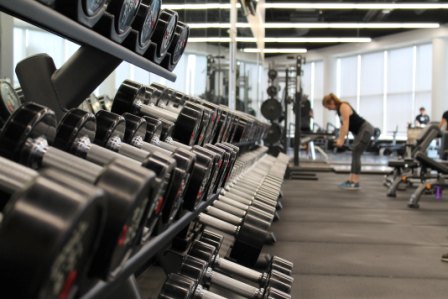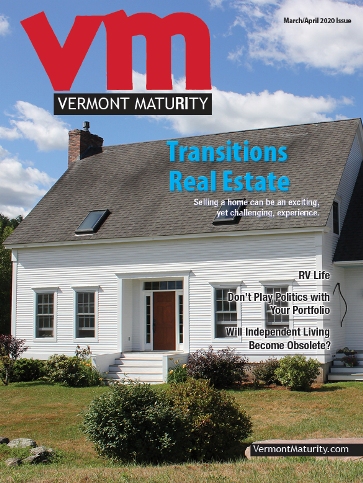As age increases, muscle mass and strength decreases. From age 50 muscle mass begins to decrease by 1-2% annually. In your 50s, muscle strength starts to fall by 1.5% and from age 60 and older it begins to decrease by 3% annually.
It is estimated that 5-13% of elderly people in the age range of 60-70 years old and 11-50% for those aged 80 or above suffer from sarcopenia (age-related muscle loss). This issue can lead to an increase in frailty and a significant increase in the risk of falls. The continued loss of lean muscle mass with age adds to the development of age-related metabolic dysfunction.

Strength Training for Muscle Mass & Strength
1. Although it may be obvious, picking things up and putting them down improves muscle mass and muscle quality.
2. While you are building that muscle you are also experiencing increases in general strength, maximal strength, and muscle power.
Resistance Training Benefits For Endurance & Efficiency
3. Not only will you be building muscle, your overall endurance will have a boost as well. Weightlifting improves the endurance of the muscles themselves, aerobic conditioning, and walking speed. Participants also demonstrated an increase in VO2 max. The max amount of oxygen you can use during exercise.
4. These improvements in endurance were also seen by increasing cycling economy and the overall gross efficiency, the amount of energy produced in relation to the total energy used. Think about gross efficiency as trying to start a fire. If you did it by rubbing sticks together it will take a great deal of energy to produce the fire. In comparison, just flicking a lighter and holding it on for a little requires less energy. The greater the gross efficiency the more energy produced in comparison to the energy used.
Weight Training Benefits on The Cellular Level
5. These endurance and efficiency improvements had some support on the molecular level. Support came from higher levels of blood lactate concentrations, hemoglobin, and capillary-to-fibre ratios.
6. The increases in blood lactate and hemoglobin both play roles in increasing performance capacity. While the increased capillary-to-fibre ratios allow for greater delivery of nutrients and oxygen to the muscles. All together empowering muscles to perform optimally.
How Strength Training Improves Lifting & Life
7. Long-term lifting is the best way to prevent age-related muscle loss from ever becoming an issue.
8 .One study found that strength-trained masters athletes (older adults with long-term strength training) have an overall higher muscle force-generating capacity and level of overall functional performance. Physically active adults with a consistent level of recreational activity were significantly outperformed by “The Masters”.
So what if you weren’t ahead of the curve and have limited to no experience in weightlifting? Don’t stress, you don’t need to hit the gym five times a week for hours at a time.
In fact, one study took the guesswork out for you. They even took it a step up by studying this in osteosarcopenia obesity. This is a new geriatric syndrome that is a combination of osteoporosis, sarcopenia, and increased fat mass.
9. What they found was that by doing 1 set of exercises three times a week were enough to provide increases in strength, skeletal muscle mass, and decreased body fat over 12 weeks. Increasing that to 3 sets of exercises three times a week resulted in a dramatic boost in results.
10. This all makes weightlifting a valuable way to improve the overall quality of life and functional independence of those who are suffering from severe age-related muscle loss or sarcopenia.
The Verdict
Weightlifting is an effective treatment to prevent, slow down, or partially reverse age-related muscle loss/sarcopenia. Don’t forget about fending off the detrimental health issues that come with it as well.
Nick Rizzo is the Director of Training & Fitness at RunRepeat.com
Related Articles & Free Subscription

Exercisers in Their 40s and 50s Should Agercise Their Workouts
Exercisers in Their 40s and 50s Should ‘Agercise’ Their Workouts






Comment here